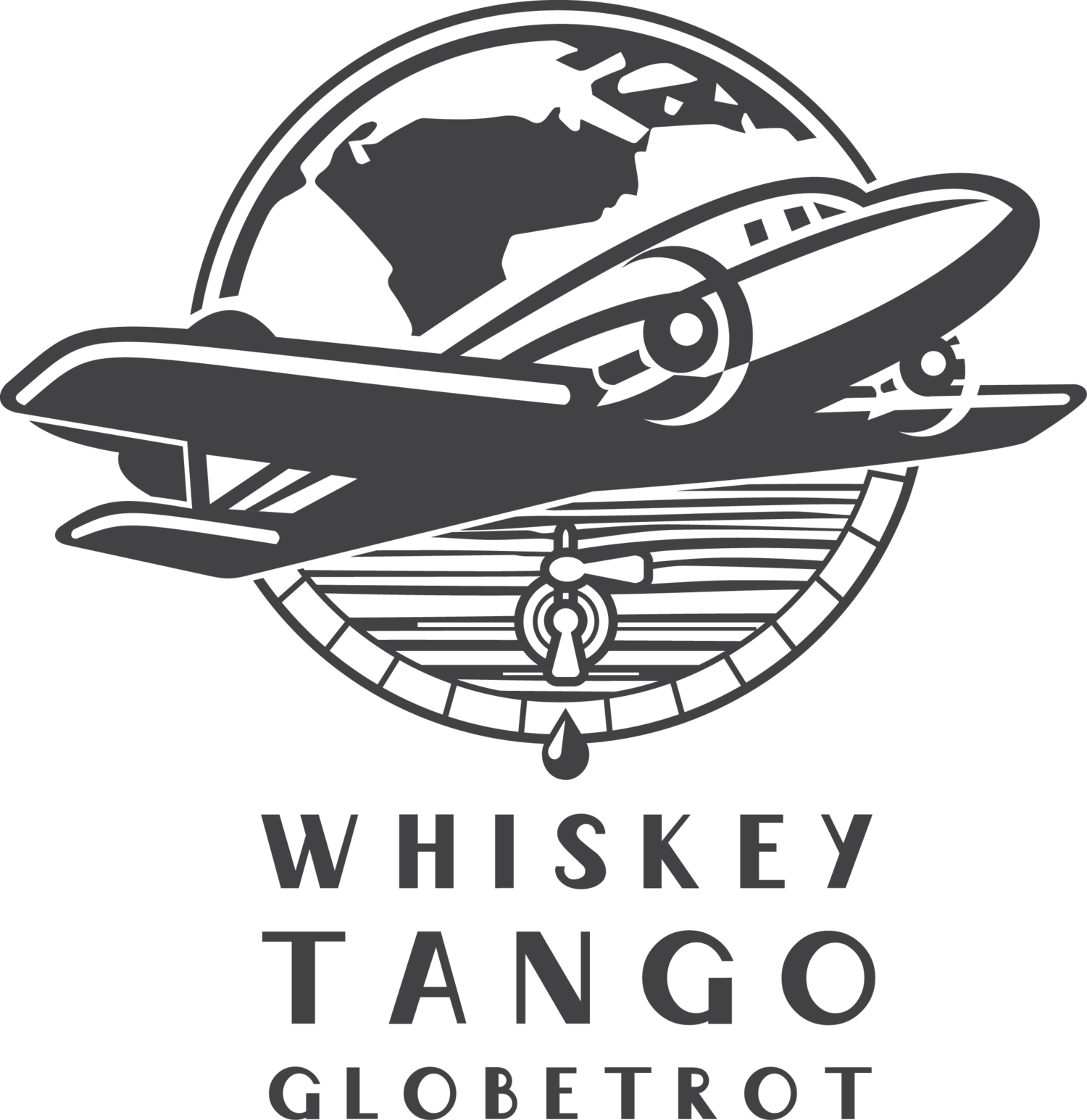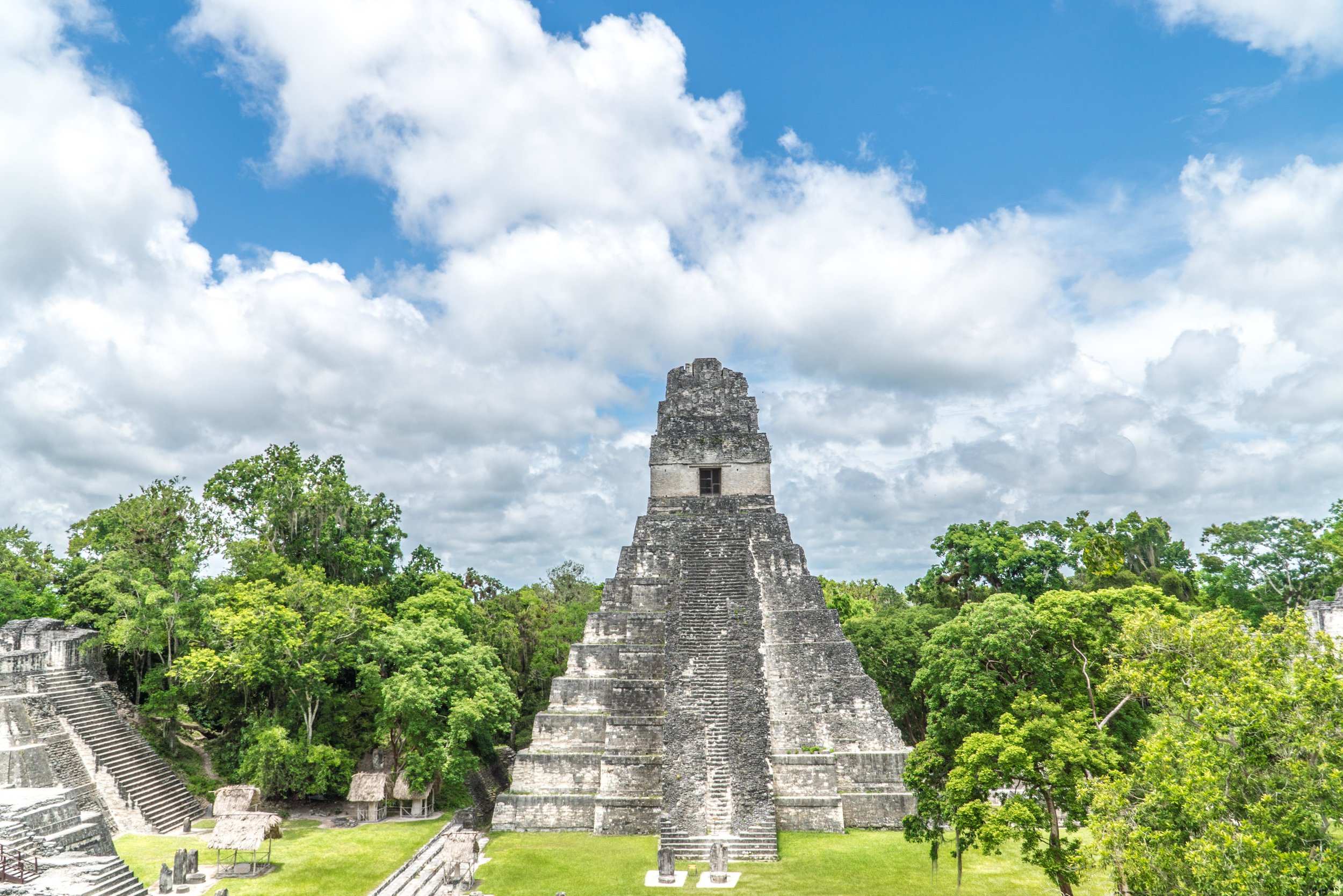A DIY Volunteer Cruise to the Dominican Republic
For me, travel has always had a certain elusiveness to it. That it’s either an end or a means to an end. It’s typically traveling for vacation or traveling for an experience (or in many business travelers’ cases, traveling for work). Traveling immersively and traveling for vacation don’t often co-exist. But shouldn’t they be able to?
Needless to say, my interest was piqued when I was invited for the inaugural journey of Fathom (owned by Carnival) on a volunteer cruise to the Dominican Republic, with its claim of "a new kind of cruise that combines your love of travel with your desire to make a difference." Cruising to me had largely been one-dimensional; it was a vacation. But this not only went beyond the traditional definitions of cruise travel, but beyond the traditional definitions of travel. Could a trip like this truly be a retreat for someone, but also impact a destination?
My week with Fathom can be described in one sentence as this: A DIY experiential destination cruise. But while friends of mine have talked in detail (often very beautifully) about the entire experience (like here and here), I want to talk about the things that my week with Fathom in the Dominican Republic was beyond your traditional cruise and traditional travel experience, while also sharing a story that brought the volunteer element of it home for me.
A DIY Destination Cruise
So what do I mean by a destination cruise? Well traditionally, I think that when taking a cruise, the cruise itself is often the destination. Let’s be honest, you’re hardly visiting a destination when you’re on a cruise, often spending just a few hours at a time in a port. And typically you’re doing activities, or strongly encouraged to do activities, that are an extension of the cruise, called “shore excursions.” The ship itself then is really the destination, often with more restaurants than actual meals you’ll be having on the trip, and a number of different attractions, nightly entertainment, and amenities to keep you busy during every day you’re out to sea.
What I found with Fathom (aboard the Adonia), however, was that the Dominican Republic was explicitly the destination, even while out to sea. The day and a half out to sea was preparing us for the Dominican Republic itself with classes like teaching English, understanding Spanish, and learning about Dominican culture. Then the day and a half back out to sea on the way back was downloading everything we had just experienced, such as group settings to share what we’d experienced and learned. (I’d be lying, however, if I didn’t say that I built in some pool time).
These are parts of a trip that should take place, but rarely ever actually take place. Traditionally, a trip in sandwiched between workdays, beginning immediately after clocking off work and boarding your plane or ship and ending as soon as you arrive back home, often to a flood of things to do and catch up on. Therefore, most travelers rarely have the time to properly plan before a trip or properly reflect following a trip.
Having time like this that Fathom built in is probably something we’d never do on our own, yet given the opportunity, it’d help leave a more lasting effect. As I learned, perhaps something like this would help us better plan for a new destination, while also helping better translate those experiences afterward to long-lasting effects. Isn’t that what travel is for anyways? To leave us affected?
But what you get out of a trip like this with Fathom is what you put into it. In that way, it’s more of a DIY cruise. You could theoretically not do an entire excursion or volunteer activity. Or you could volunteer four days in a row, or volunteer two days and plan your own activities two days, or volunteer one day, do a cruise excursion another day, and plan your own activities the other two days. And, wait for it; you could even spend a night in the Dominican Republic and not come back to the ship. Mind blown.
A Volunteer Cruise
In this way, then, the trip is set up to both leave us affected, and affect the destination. But I had my reservations about the volunteer element. So often I find that “voluntourism” is catered more to the traveler than the community they’re supposed to be helping, so that only the traveler is benefitted, while the community is left no better off, and in some cases, worse off. I wanted to know that the work I was doing was leaving a lasting effect that was positively affecting a community. But could that be done on a volunteer cruise to the Dominican Republic with just four days in a destination?
And I really wasn’t sure until the next to last day of the trip. It was then that I was doing my last volunteer activity, teaching community English in a local Puerto Plata community. Though it was more like I was a teacher’s assistant, supporting my good friend Rachel, who I quickly discovered was such an asset to this experience, since she was fluent in Spanish. The afternoon involved working with local volunteers with Entrena and IDDI to teach English, first to community members, and then to local children in the community.
The next couple hours brought the emotions and feelings that I believe all travelers long to gain from travel experiences, but that are reserved for special moments. One by one, I looked at each of the children’s faces, observing their excitement and enthusiasm. Not excitement over a snack or a toy, but rather learning English. I had neither experienced, nor seen such excitement over education. In fact, my own experiences as a child learning another language could be described as the opposite.
It was a moment that I couldn’t put a price tag on. Even older community members, who were just getting off work, were coming into the home, raising their hands eagerly to answer questions that Rachel and I would ask. They had the flicker in their eyes of a little kid who wad discovered something for the first time. Who was I, a thirty-something, privileged, white male from America who would be on the other end of watching something so simple, yet powerful as the enthusiasm of learning the English alphabet for the first time?
But there was one kid who wasn’t so excited. Wearing a backwards Michael Jordan hat, he sat sandwiched between a couple of the most exuberant kids, slouched back and largely reserved, while the others were sitting on the edge of their seats (literally), answering the questions we’d pose. I’d try to make eye contact and smile to him, but it typically wasn’t met with any response or expression.
As we started to conclude the lesson, Rachel and I tried to get him more involved, calling him by name specifically, and asking him questions about the lesson. His demeanor started to change. He sat up in his seat, his hat now sideways, a notebook and pencil all of a sudden in his hand, and a smirk across his face, as he started to answer some of the questions we asked.
Moments later, we announced just a few minutes left in the lesson, and something continued to change in him. He scooted up to the edge of his seat, a smile stretched across his face, and both hands raised, often before we had even finished asking questions.
When we got up and started to leave, we all gathered around to take a group photo. Some of the kids laughed, and others made faces. And he was right there in the middle, his arm around Rachel, and a smirk on his face.
We stood at the top of the hill of the village and said good-bye to all of the community leaders and kids before walking down the hill. I watched as our guy gave Rachel such a strong hug, speaking to her in Spanish before we started walking down. Some of the kids lingered, but most ran home as we made our way back down to our bus. As we got close to the bottom, I looked behind me to the top of the hill, and only one kid remained, that same one. He smiled, waved, and turned around and ran down the other side of the hill out of sight.
But what did Dominican locals think of us being there? It’s something I began to notice without even asking. I met a local chef, Rafael, in Puerto Plata. I asked him if my friends and I could come in for dinner, to which he responded that they were booked all week. “But for you,” he said. “Yes. You have invested in us, we will invest in you.” A couple days later, after teaching English, I asked one of the Entrena volunteers what kind of impact we could possibly be making by only spending a few days teaching English. His response was simply, “Power in numbers.” We could do in 4 days what it would take weeks, if not months, to accomplish.
Did every single person on our volunteer cruise truly make an impact? Did we make a long-standing impact? I think the long-term effects still remains to be seen. But on that day we did. If you impact one person, and that person impacts another, then it starts a cycle, and the true impact will never get back to you, but that’s okay, because it doesn’t have to. For me, this is enough. The fact that it was one of the most meaningful weeks of travel in my life with some of the most meaningful people I've ever met was all a bonus.


















